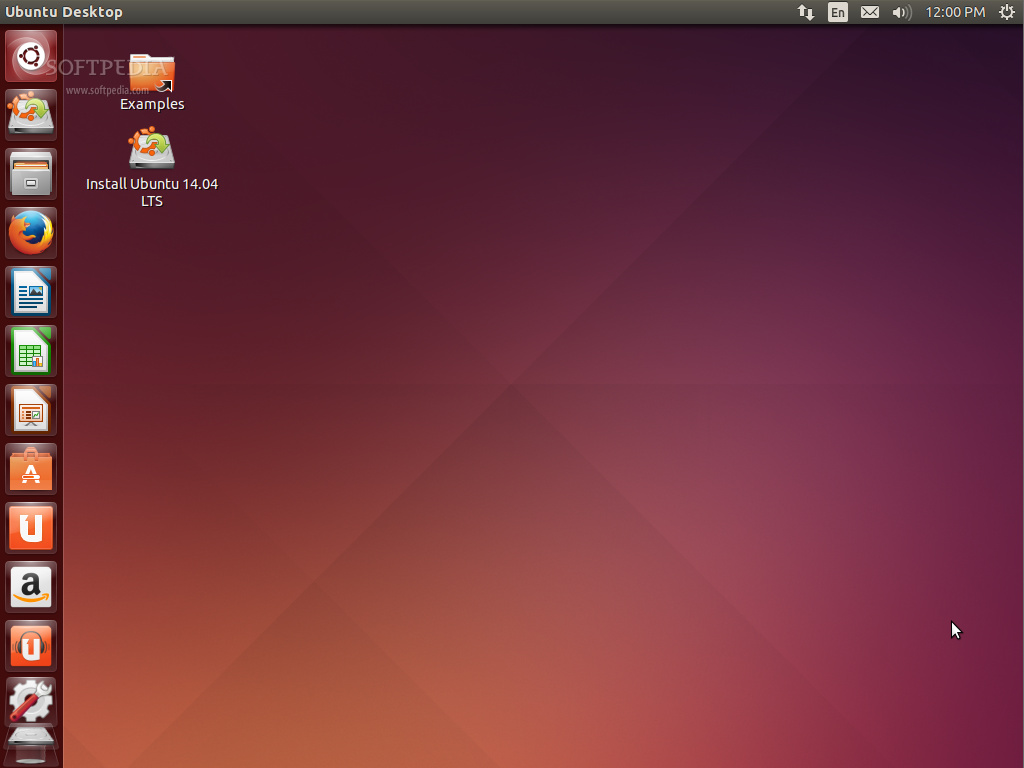

Ubuntu 8.04 ( Hardy Heron), released on 24 April 2008, was Canonical's eighth release of Ubuntu and the second long-term support release.
#Ubuntu 14.04.2 default inetrfaces file install
Ubuntu 6.06 did not include a means to install from a USB device, but did for the first time allow installation directly onto removable USB devices.

Ubuntu 6.06 included several new features, including having the Live CD and Install CD merged onto one disc, a graphical installer on Live CD ( Ubiquity), Usplash on shutdown as well as startup, a network manager for easy switching of multiple wired and wireless connections, Humanlooks theme implemented using Tango guidelines, based on Clearlooks and featuring orange colors instead of brown, and GDebi graphical installer for package files. Ubuntu 6.06's support ended on 14 July 2009 for desktops and ended in June 2011 for servers. Development was not complete in April 2006 and Mark Shuttleworth approved slipping the release date to June, making it 6.06 instead. It is sometimes jokingly described as their first "Late To Ship" (LTS) release. Ubuntu 6.06 was released behind schedule, having been intended as 6.04. Ubuntu 6.06 ( Dapper Drake), released on 1 June 2006, was Canonical's fourth release, and the first long-term support (LTS) release. Release history Ubuntu 4.10 (Warty Warthog)
#Ubuntu 14.04.2 default inetrfaces file code
Ubuntu releases are often referred to using only the adjective portion of the code name, e.g., "Feisty". Names are occasionally chosen so that animal appearance or habits reflects some new feature, e.g., "Koala's favourite leaf is Eucalyptus" see below. As of Ubuntu 17.10, however, the initial letter "rolled over" and returned to "A". With the exception of the first two releases, code names are in alphabetical order, and except for the first three releases, the first letters are sequential, allowing a quick determination of which release is newer. Ubuntu releases are also given code names, using an adjective and an animal with the same first letter – an alliteration, e.g., "Dapper Drake".

Consequently, version numbers for future versions are provisional if the release is delayed until a different month (or even year) to that planned, the version number will change accordingly. The first Ubuntu release, for example, was Ubuntu 4.10 and was released on 20 October 2004. Ubuntu releases are made semiannually by Canonical Ltd, the developers of the Ubuntu operating system, using the year and month of the release as a version number.


 0 kommentar(er)
0 kommentar(er)
